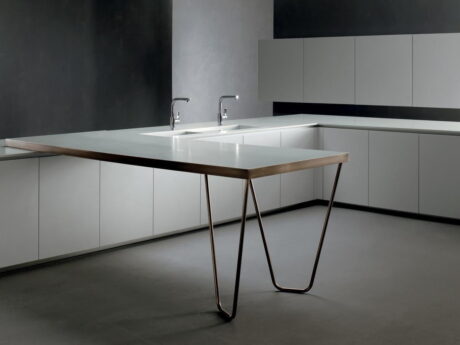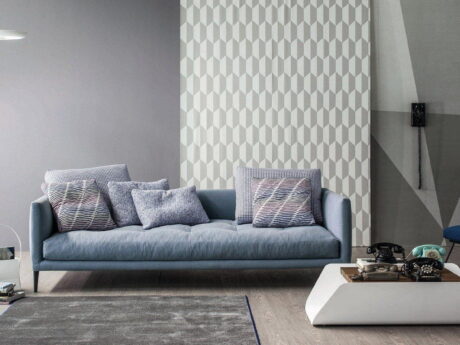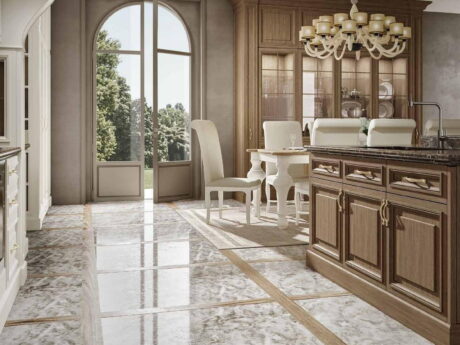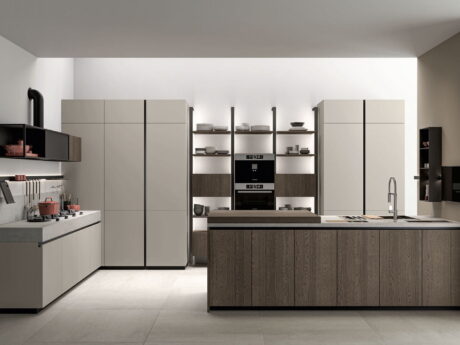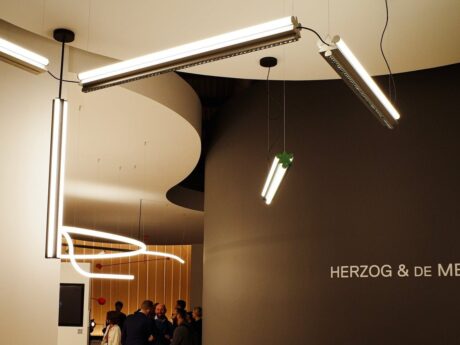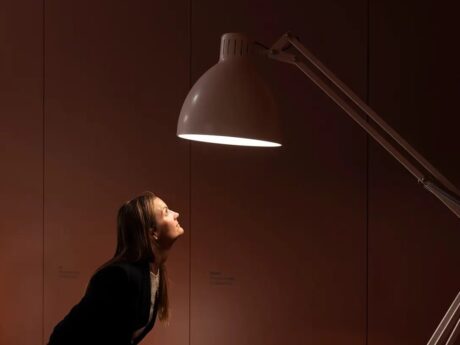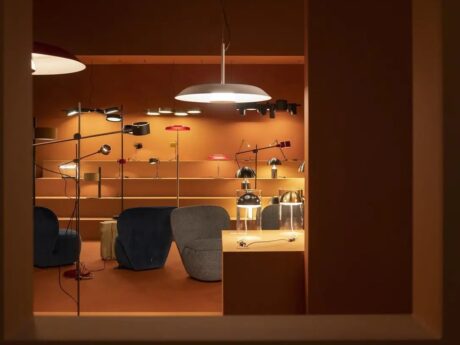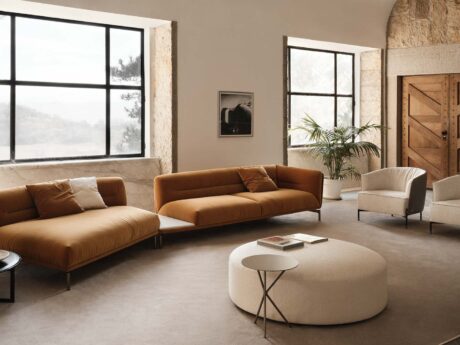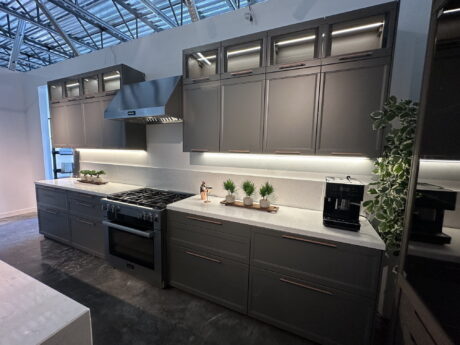Don’t you know how to start? Learn the most common rules in home decoration
The Art of Accessorizing: Adding Luxury Touches to Your Home
As we delve into the world of interior design, we’re often bombarded with a plethora of home decor ideas that not only inspire but overload our heads. It can be tempting to immediately jump into adding completely different accessories to our rooms, but it’s important to approach home decor with a clear mind. In order for you to know what to search for in the various home décor stores and what you can already do in your living room to make it striking, we provide you with some general designer suggestions to keep in mind while decorating a space.
Start With a Neutral Base
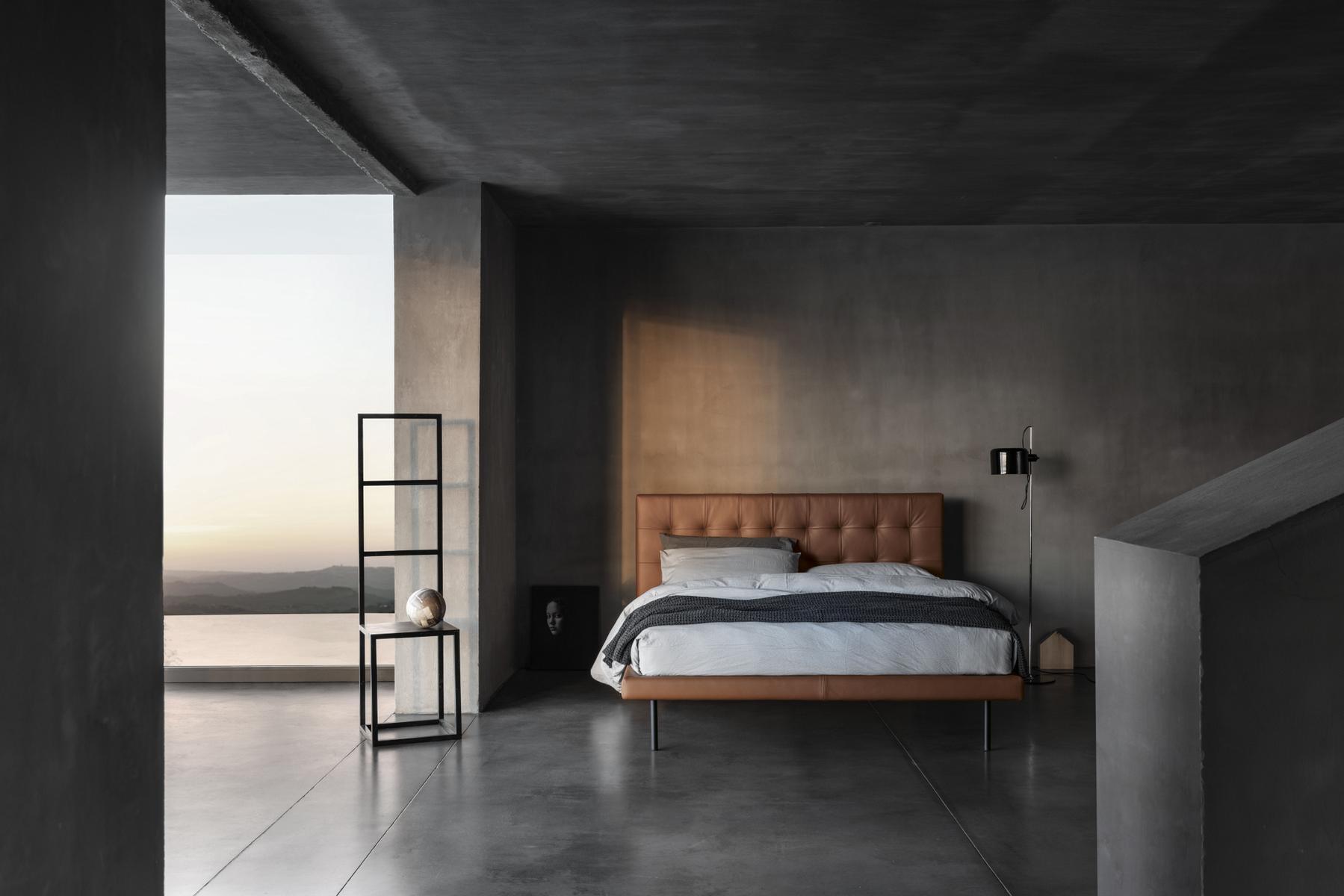
So, before you start adding those colorful pillows or bold curtains, take a step back and consider starting with a neutral base. Trust us, it's a small but crucial step that can make a world of difference in your interior design journey. Why is that, you may ask? Well, starting with a neutral base allows us to create a cohesive and harmonious look throughout the room. By incorporating a neutral color palette, we create a sense of balance and simplicity that serves as a foundation for the rest of our home decoration. Additionally, a neutral base allows us to easily switch up and rotate our accessories without overwhelming the room. This way, we can experiment with different home decor ideas and trends without having to start from scratch each time.
Mix High and Low
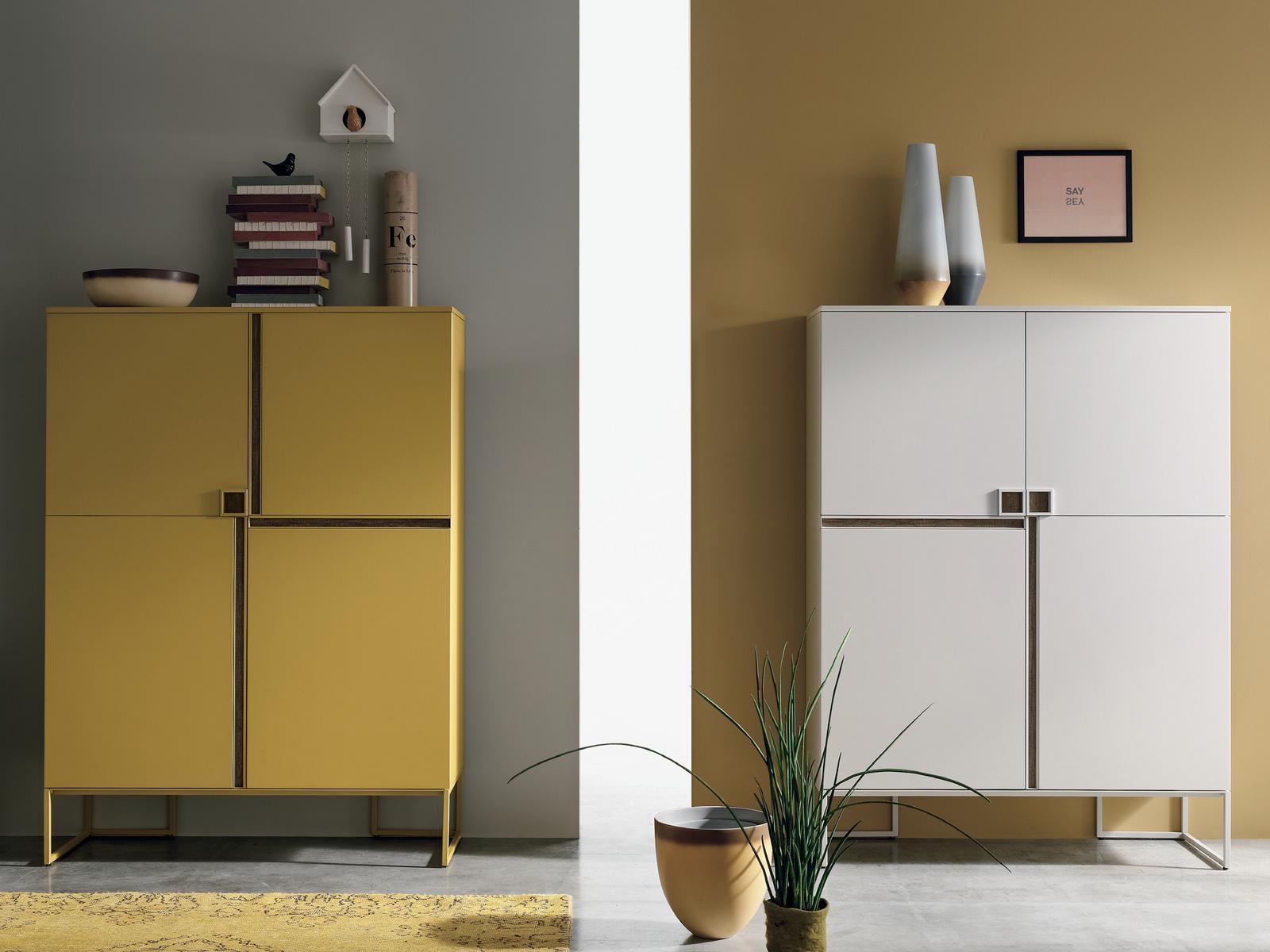
Have you ever walked into a beautifully designed room and wondered how the designer managed to mix expensive pieces and affordable items in such a seamless way? It's not just about having a high-end budget or scouring expensive home decor stores for the latest trends. It's about knowing how to properly accessorize a room and balance it with a variety of home decorations, including wall art. When it comes to mixing expensive pieces and affordable items, it's important to prioritize quality over quantity. Invest in a few key pieces that will anchor the room, such as a statement sofa or a beautiful area rug. Then, balance out the rest of the space with more affordable home decorations, like decorative pillows or accent chairs. Another way to balance out expensive pieces is by incorporating large wall art. This not only fills up blank wall space but can also add a touch of sophistication to the room. Large wall art doesn't have to be expensive either, as there are plenty of affordable options available that still make a big impact. When accessorizing a room, it's not just about the price tag of each item. It's about creating a cohesive and balanced look that showcases your personal style. So, don't be afraid to mix expensive pieces with affordable items, as long as they work together harmoniously.
Use the Rule of Threes
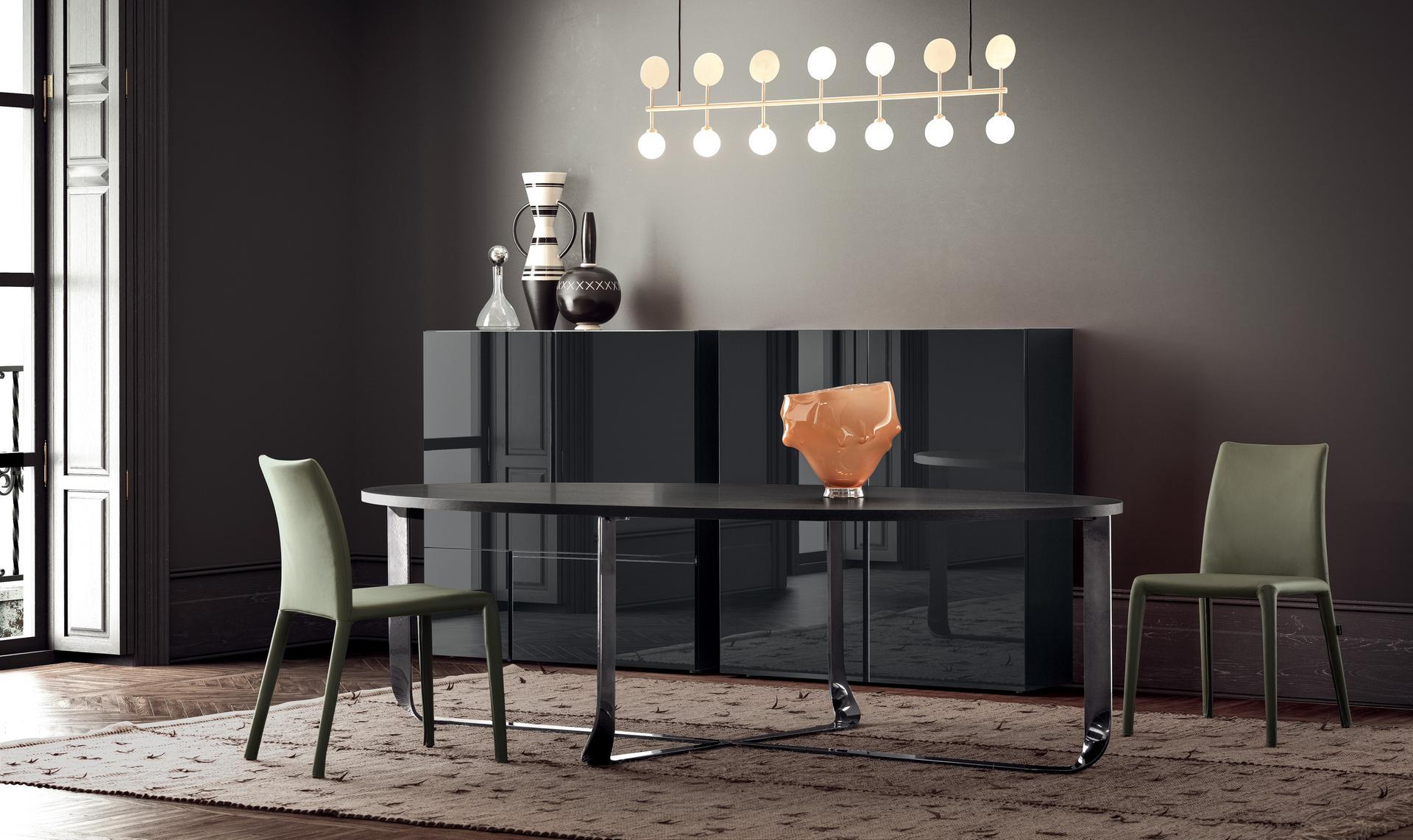
Have you ever noticed that interior decorators often group home decor accessories in threes? This is known as "the rule of threes" and has been a longstanding principle in interior design. But where did this rule originate from? The history of the rule of threes can be traced back to ancient Rome, where it was used in the creation of art and architecture. The idea behind it was to create a sense of balance and harmony by grouping objects in odd numbers. This principle was later adopted by Renaissance artists, who used it in their compositions to create visually appealing works of art. In interior design, the rule of threes is used to create balance and interest in a space. By grouping home decorations in threes, decorators are able to create a focal point and draw the eye towards a specific area. This can be achieved through a variety of decor objects, such as vases, picture frames, or candles. Examples of grouping decor objects in threes can be found in many different interior decorations. For instance, a trio of framed artwork can be hung on a wall to create a cohesive display. Your coffee table could be decorated with three vases of different sizes or three candles in various shapes to add dimension and a creative look to the space. Even plants can be grouped in threes to create a harmonious green oasis in a room. Feel free to apply the rule of threes, a timeless principle in home decor that can add balance and intrigue at the same time to any space.
Consider the Scale of Furniture
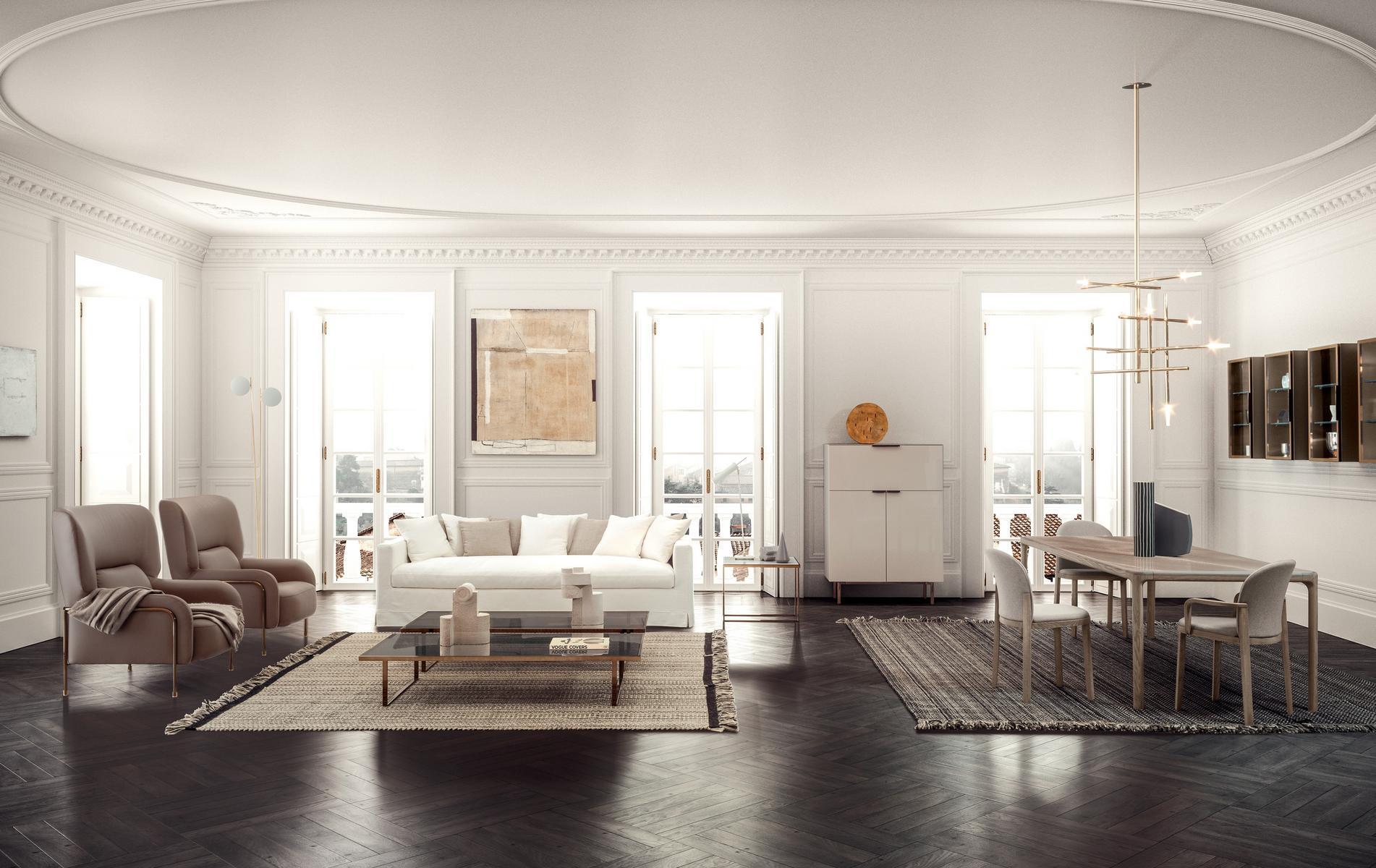
While it may seem like a small detail, the size of your furniture can have a big impact on the overall look and feel of the room. First and foremost, this affects the flow and comfort of the space. If you have oversized furniture in a small living room, it can make the room feel cramped and uncomfortable. On the other hand, if you have small furniture in a large living room, it can make the space feel empty and uninviting. The scale of the furniture also influences the aesthetic of the room. Large furniture pieces can look like a big statement creating a sense of visual symphony, while smaller pieces could be perceived as intimate and chamber opuses. By choosing the right decor items that complement the size of your furniture, you can create a cohesive and visually appealing space. For example, if you have a large sectional sofa in your living room, you can balance it out by adding a piece of oversized art on the wall behind it. To tie the look together, you can add smaller decor items, such as throw pillows or a rug, that pick up the colors in the art. If you have an oversized coffee table, you can decorate it with a large vase filled with flowers, a sculptural piece, or a stack of oversized coffee table books. Accent pillows could balance a small armchair bringing, with this, color and texture to the entire space. Choose pillows that complement the color of the chair or pick up other colors that are in the room. A small console table is easy to balance by adding a mirror above it. It will help to visually expand the space and create a focal point in the room.
Create a Focal Point
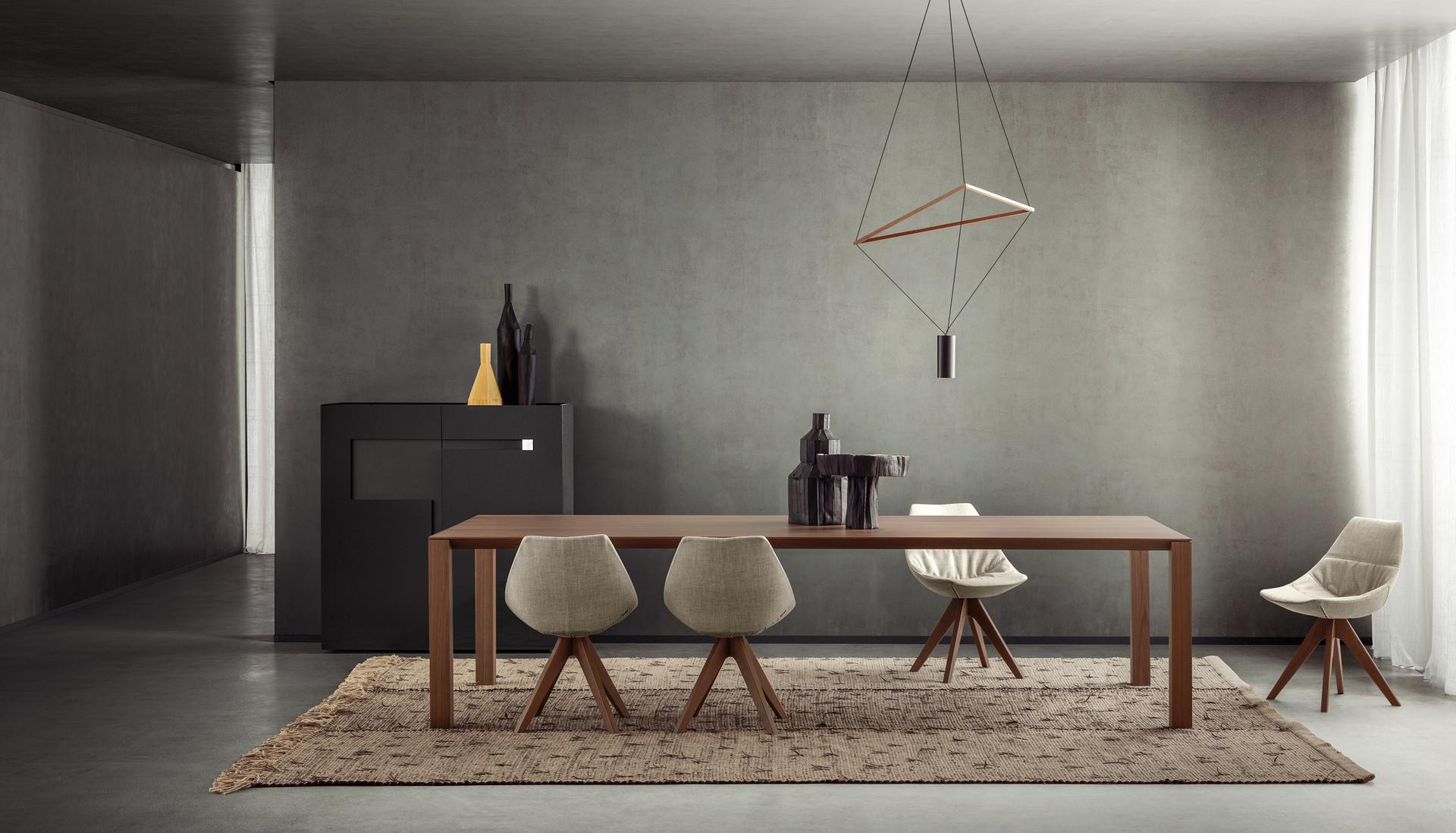
Making a place seem unified often depends on selecting the correct focal point for the area. One classic choice for a living room or bedroom focal point is a piece of wall art. A large painting, photograph, or print can create a grand visual impact and set the tone for the rest of the room. If you're looking for something a little more unique, consider incorporating metal wall art into your decor. Items composed of materials like copper, brass, or iron may have an industrial or rustic feel while yet being standout pieces. The dining table itself is frequently the center of an eating area. A beautiful table can set the tone for the entire room and anchor the space. To enhance this focal point, consider adding a striking centerpiece, like a patterned tablecloth, a basket of fruits, a luxurious scrambler with fresh-baked croissants, an expensive tea set, or a pair of wine glasses with a flower lying next to them. Ultimately, the key to creating a strong focal point in any room is to choose something that speaks to your personal style and enhances the overall aesthetic of the space. With the right choice of decorative elements, you can transform any home decor into a showcase of your unique style and taste.
Layer Lighting

In interior design, lighting plays a critical role in creating the most comfortable and cozy space. But how exactly can light be spread throughout a room, and what types of lighting can be used to achieve different effects? The first step in spreading light throughout a room is to consider the different types of lighting available. There are three main types of lighting: ambient, task, and accent. Ambient lighting is the overall lighting of a room, often provided by ceiling fixtures or wall sconces. Task lighting is used to illuminate specific areas or tasks, such as reading or cooking. And accent lighting is used to highlight specific objects or features in a room, such as artwork or architectural details. By combining these three types of lighting, you can create a layered effect that adds depth and dimension to a room. For example, in a living room, you might use an overhead pendant or chandelier for ambient lighting, a table lamp or floor lamp for task lighting, and a pair of wall sconces to provide accent lighting for a piece of wall art or other decorative elements. But how does this all relate to accessorizing? Well, just as you might choose a statement piece of wall art or a bold area rug to add interest to a room, you can also use lighting fixtures as accessories. A striking chandelier or a unique floor lamp can serve as a focal point and add a touch of personality to a space. And by choosing fixtures with interesting shapes, materials, or colors, you can further enhance the overall aesthetic of a room. So whether you're looking to create a cozy reading nook or a dramatic dining room, don't underestimate the power of lighting in your home decor.
Add Natural Elements

As you look to spruce up your living space, you exactly consider incorporating natural elements as accessories to your home decor. These accents may provide harmony and serenity to your interior design in addition to a touch of beauty. There are numerous natural elements that can be used as home decorations, including plants, flowers, stones, and wood. For your living room, consider adding a potted plant or vase of fresh flowers to bring a bit of nature inside. In the bedroom, a few smooth stones or seashells can add a calming effect, while wooden accents in the form of a headboard or dresser can create a warm and cozy ambiance. If you're unsure of where to start, home decor stores can be a great source of inspiration. You can find natural elements in various forms, such as woven baskets, wooden frames, or even nature-inspired wallpaper.
Personalize the Space
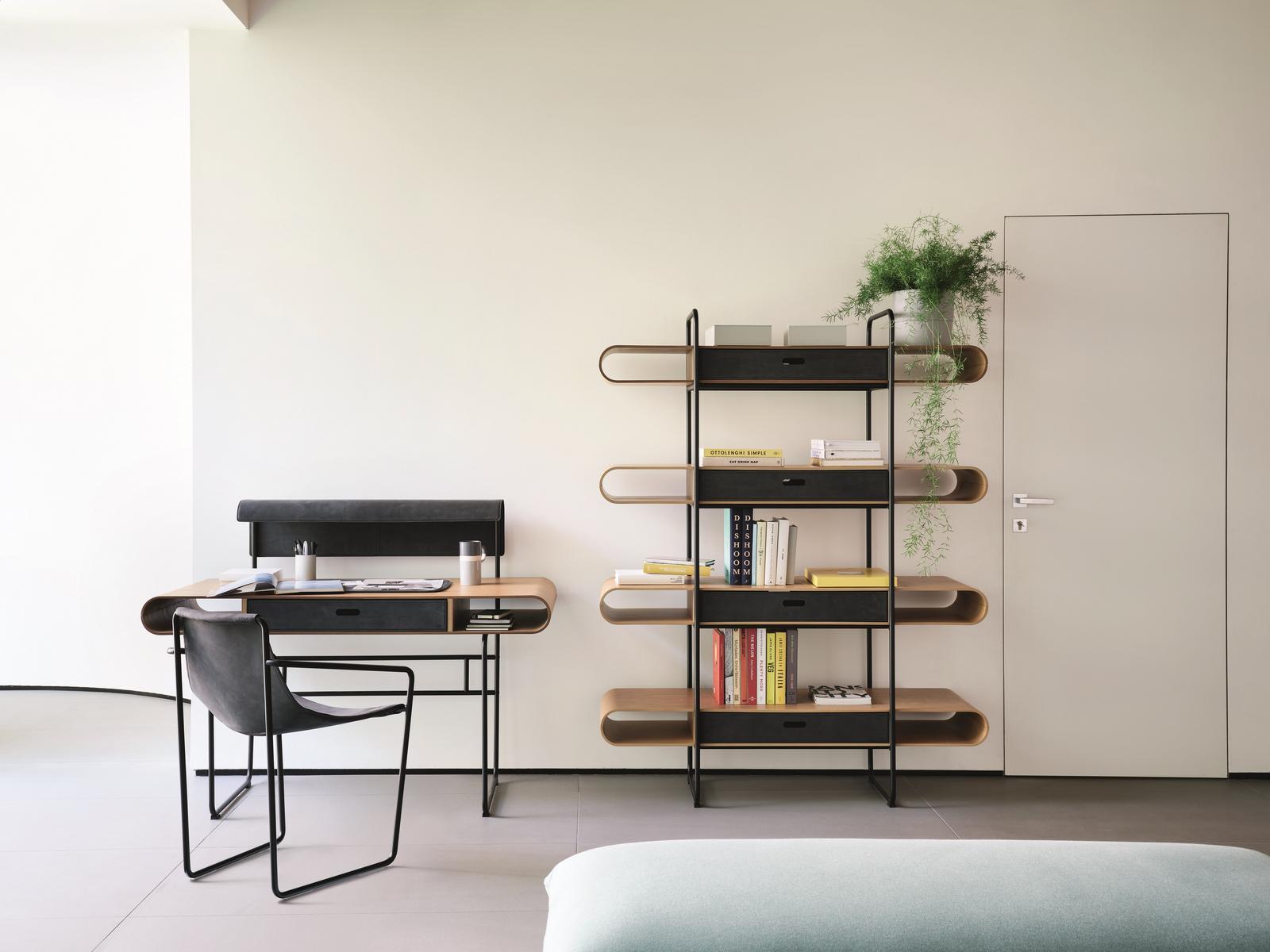
It's not an uncommon feeling to enter the room and understand there is a lack of personality or character. Whether it's your living room, bedroom, dining room, or office, often times it can be remedied with a few simple home decor additions. One of the easiest ways to add some personality to a room is through wall art. Whether it's a colorful painting or a gallery wall of framed photos and prints, art can really tie a room together and provide a focal point. Not to mention, it's a great way to showcase your personal taste and interests. Another great home decor idea is to incorporate pieces that have sentimental value. This could be anything from a vintage family heirloom to a handmade quilt from your grandmother. These artifacts not only give your area a personal touch but also a feeling of history and nostalgia. In terms of interior design, it's important to remember that the details matter. Small additions like unique throw pillows, interesting lamp shades, or decorative bookends can really elevate a room and make it feel more intentional and thoughtfully designed. So why is it important to add personal touches to your home decor? To begin with, it may make a room feel cozier and more welcoming. Further, it is a reflection of yourself, which can make you feel more at home in your own space. Plus, adding personal touches can be a great conversation starter for guests and can help you create a more meaningful connection with the space around you.
